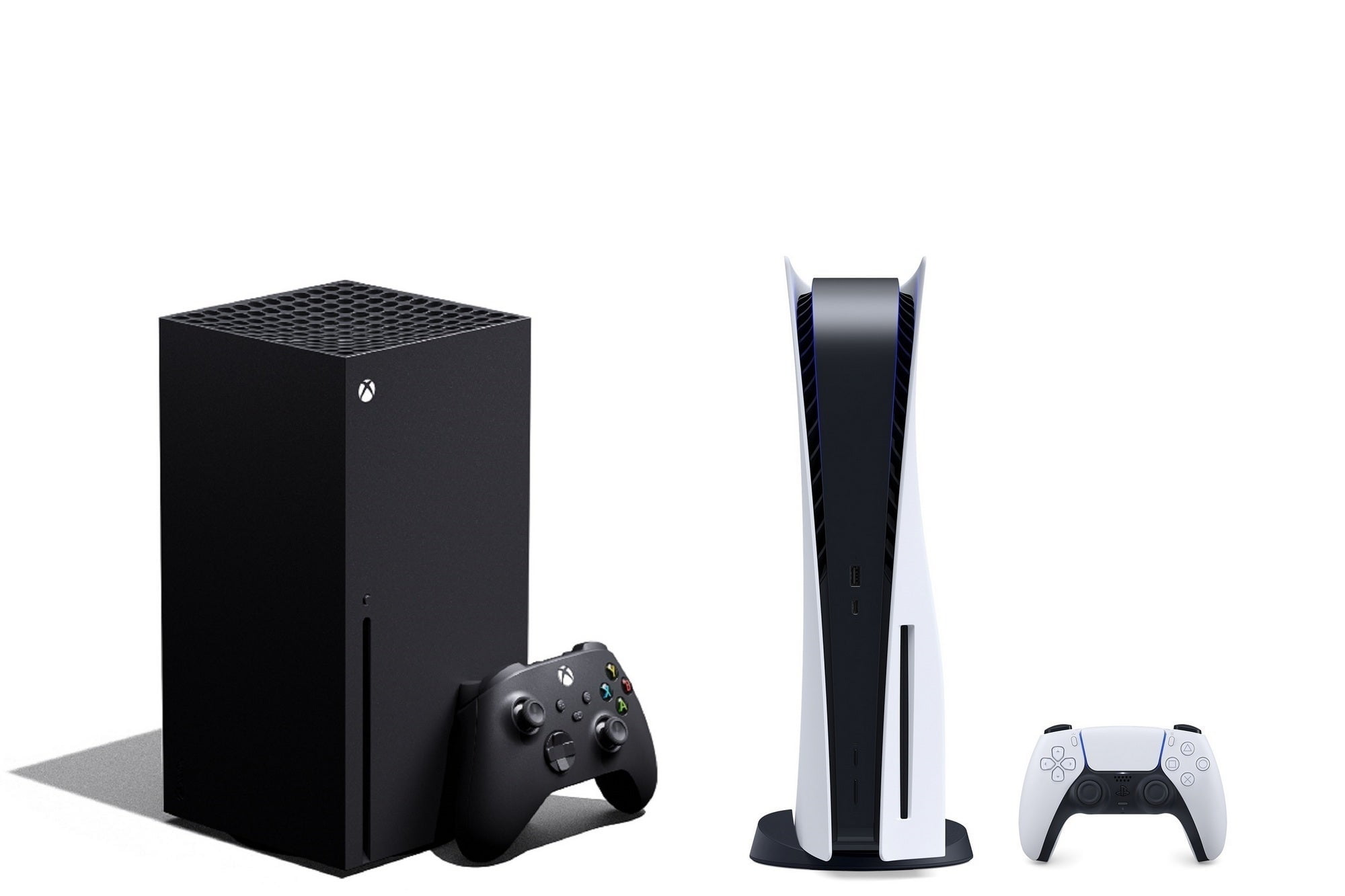
Video game consoles have historically been a known quantity in the consumer electronics ecosystem. You could be relatively sure that you wouldn’t have to buy a newer, more powerful version of the same brand’s machine for at least five years — an eternity compared with computers, tablets and smartphones.
That might change, though, as reports suggest that console manufacturers are looking at releasing slightly more powerful versions of their machines much more often than before.
- Pembroke parent gets $8K Xbox bill after son racks up charges
- How video game players can protect themselves from microtransactions
- Most families with kids have a gaming console
In March, Microsoft’s Xbox head Phil Spencer spoke to reportersabout the possibility of a more powerful Xbox One in the future.

Phil Spencer, head of Xbox, announces backward compatibility for Xbox 360 games on the Xbox One before the opening day of the Electronic Entertainment Expo, or E3, in Los Angeles in June 2015. (Lucy Nicholson/Reuters)
“We look at these other ecosystems out there like mobile, tablet and PC and we see that they have a very continuous evolution cycle in hardware, whereas between console generations most of the evolution is making it cheaper and potentially making it smaller,” he said.
“I look at the ecosystem that a console sits in and I think that it should have the capability of more iteration on hardware capability.”
The comments suggest that an incrementally more powerful Xbox could allow for games with more graphical oomph, better frame rates or higher resolutions.
It’s already a common mark of PC gaming, where enthusiasts might buy newer and better components for their computer every year.
Weeks later, multiple outlets reported that Sony is working on a more powerful version of the PlayStation 4. The so-called PS4.5 would be able to play videos and games at full 4K resolution, instead of the current 1080p standard.
The PlayStation 4 and Xbox One launched in 2013, seven years after the PlayStation 3 and Xbox 360 respectively.
Neither Sony nor Microsoft have made any official statements or announcements about any future console hardware.
Past console ‘upgrades’
This wouldn’t be the first time that consoles have undergone redesigns in the middle of their life cycles. Such updates are usually intended to reduce production costs or add minor features like expanded hard drive space and updated video output ports.

The Xbox One is shown with the Kinect bar (left) during a press event unveiling Microsoft’s new Xbox in Redmond, Washington, in May 2013. (Nick Adams/Reuters)
The implications for gamers, however, were minor.
“If you look at the PlayStation 2, it went through four major CPU revisions [from 2001 to 2006], where they shrunk the die, changed the cooling, rearranged the memory and changed the whole layout on the motherboard,” Toronto-based game developer Shawn McGrath told CBC News.
“They just made it functionally equivalent as far as developers were concerned.” In other words, it didn’t matter which version of the PS2 you owned: as long as you had one, you could play your PS2 game.
But would you buy a new PlayStation or Xbox every one to two years the same way many do for a phone, if the new one was noticeably more powerful than the old one? And would you need to buy the newest version to play the latest games?
“I would assume that there would be too much consumer backlash against that, but I don’t know, because people seem to be OK with buying a new iPhone every year or two, which is completely insane to me,” said McGrath.
Insane or not, it seems to be working, said games historian and collector Syd Bolton.
“People are just like, ‘What do you mean this doesn’t work on my iPad anymore? What do you mean I have to get a new iPad?’ And then they kind of stomp their feet for a little bit, and then they go out and buy one,” he told CBC News.
Beefier consoles for a VR future?
McGrath sees VR headsets, which will hit the market as soon as next week, as one of the main reasons console manufacturers are looking to beef up their consoles’ specs.
He also said that while games running in 4K resolution might give a slight bump in quality for traditional games, “when you get into VR, [higher] resolution really, really matters. It’s the difference between having a good experience and vomiting everywhere.”
Console add-ons in history
In the past, console upgrades came in the form of peripherals that you had to buy separately and attach to the base model. They typically brought added power and new features, with a separate library of games that required you to own both the base console and the new device to play.
They have also historically been commercial failures. High prices, a divided player base and limited store shelf space meant that they often burned out in a few years.
“I think the only add-on peripheral that was ever remotely successful overall would probably be the Kinect for the Xbox 360,” said Bolton. The motion-control peripheral enjoyed a huge marketing push from Microsoft when it first launched, and has since sold more than 24 million units as a peripheral for the Xbox 360, Xbox One and Windows PC.
Check out the photo gallery below for some of the most famous (and infamous) video game add-ons from over the years.
[Source:- CBC]







